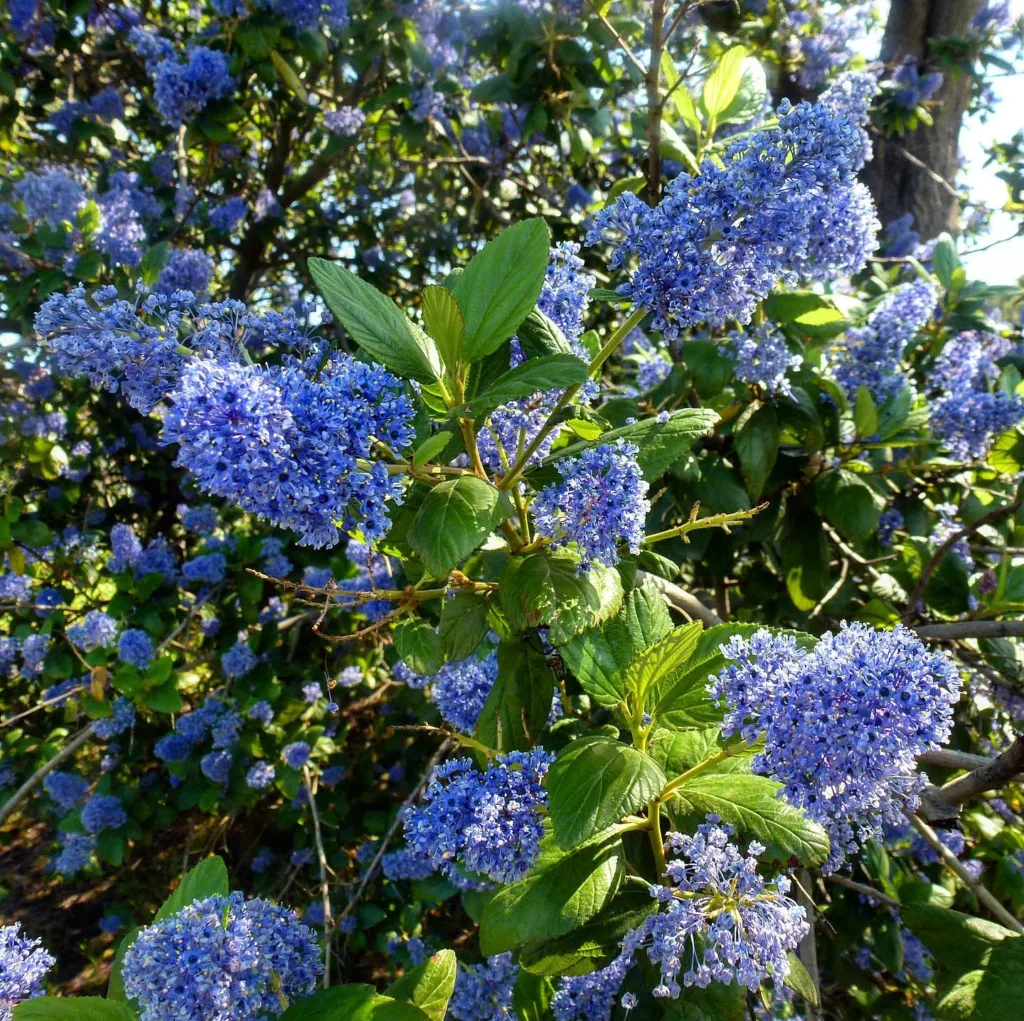
All About Microsorum Diversifolium: Your Guide to the Kangaroo Paw Fern
Hi, I’m Ferb Vu, and I’m here to share my knowledge about the Microsorum Diversifolium, also known as the Kangaroo Paw Fern. This intriguing fern is a popular choice for both indoor and outdoor gardeners, thanks to its unique appearance and adaptability.
Whether you’re a seasoned plant enthusiast or a curious beginner, this FAQ will equip you with everything you need to know about caring for your Microsorum Diversifolium.
33 Species in Genus Microsorum
What is a Microsorum Diversifolium?
The Microsorum Diversifolium synonym of Lecanopteris pustulata subsp. pustulata is a creeping and climbing evergreen fern native to southeastern Australia and New Zealand. It boasts a rhizomatous root system, meaning it spreads underground through fleshy roots.
The most striking feature of this fern is its fronds. These are shiny, firm, and green, with a distinctive shape that resembles a kangaroo’s paw – hence the nickname. The size and shape of the fronds can vary, adding to the plant’s visual interest.
Microsorum Diversifolium vs. Other Ferns
While Microsorum Diversifolium is a fantastic choice, you might be curious about how it compares to other popular ferns. Here’s a quick breakdown:
- Boston Fern (Nephrolepis exaltata): This fern is known for its lush, cascading fronds. It requires more humidity than the Microsorum Diversifolium and can be fussier about light levels.
- Maidenhair Fern (Adiantum spp.): Delicate and graceful, Maidenhair Ferns have lacy fronds that thrive in high humidity. They might not be the best choice for beginners as they require specific care.
- Bird’s Nest Fern: This fern forms a rosette of broad, wavy fronds. It prefers bright, indirect light and is generally easier to care for compared to the Maidenhair Fern.
In short:
- Microsorum Diversifolium is more adaptable to varying light conditions than the Boston Fern.
- It tolerates lower humidity levels compared to the Maidenhair Fern.
- Compared to the Bird’s Nest Fern, Microsorum Diversifolium has a more creeping growth habit.
How to care for Microsorum Diversifolium?
Planting and caring for your Microsorum Diversifolium is relatively straightforward. Here’s a quick guide:
Light: Prefers medium to bright indirect light. Avoid direct sunlight, which can scorch the fronds.
Water: Water when the top inch of soil feels dry to the touch. Avoid overwatering, which can lead to root rot.
Soil: Use a well-draining potting mix specifically formulated for ferns.
Humidity: While Microsorum Diversifolium tolerates average household humidity, it thrives in slightly higher levels. Grouping plants together or using a pebble tray filled with water can help increase humidity.
Fertilizer: Apply a balanced liquid fertilizer once a month during the growing season (spring and summer).
Is Microsorum Diversifolium Easy to Grow?
Absolutely! Microsorum Diversifolium is a forgiving plant that can tolerate some neglect. Its adaptability to various light conditions and moderate humidity needs make it a great choice for beginners.
How Big Does Microsorum Diversifolium Get?
The size of your Microsorum Diversifolium will depend on the variety and growing conditions. Generally, they can reach a height of 12-24 inches and a spread of 18-36 inches.
Propagation: Sharing the Kangaroo Paw Love
Microsorum Diversifolium can be easily propagated through spores, a process suitable for experienced plant enthusiasts. However, a simpler method is dividing the rhizome. Here’s how:
- Carefully remove your fern from its pot.
- Identify healthy sections of the rhizome with new growth points (eyes).
- Using a sharp, sterile knife, divide the rhizome into sections, ensuring each section has at least one eye.
- Repot each section in fresh potting mix and care for them as you would the mature plant.
Common Problems with Microsorum Diversifolium
While generally trouble-free, here are a few potential issues you might encounter:
- Brown fronds: This can be caused by underwatering, overwatering, or exposure to direct sunlight.
- Yellowing fronds: This could indicate aging fronds, lack of light, or nutrient deficiency.
- Pests: Mealybugs and scale can occasionally infest your fern. Neem oil spray is a natural option for pest control.
Remember: Early detection and treatment are key to resolving any issues with your Microsorum Diversifolium.
Conclusion: Embrace the Kangaroo Paw Fern
The Microsorum Diversifolium is a stunning and versatile fern that adds a touch of elegance to any indoor or outdoor space.
If i die, water my plants!



